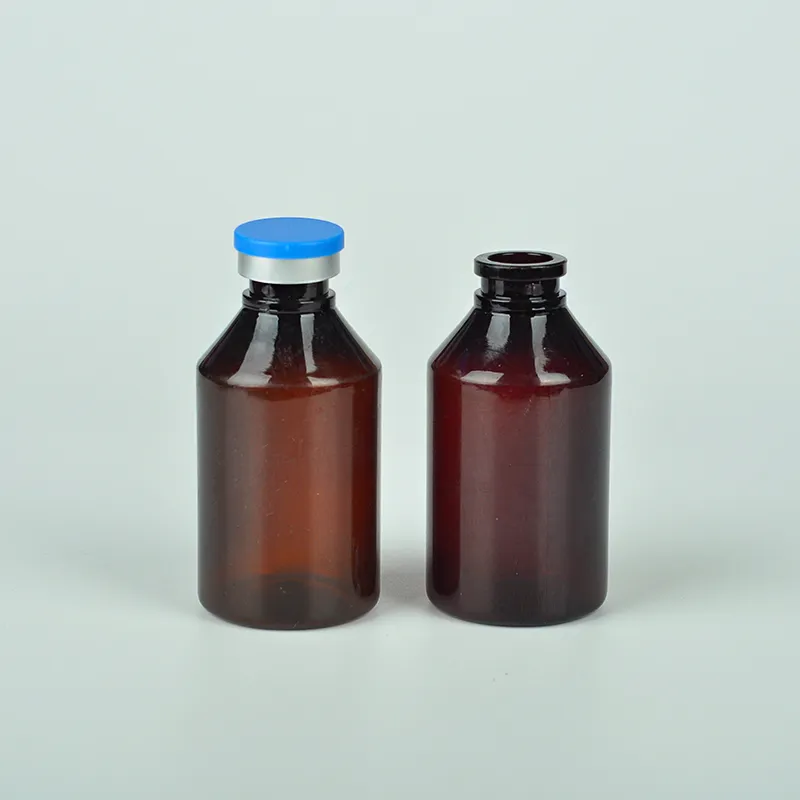
-
 Afrikaans
Afrikaans -
 Albanian
Albanian -
 Amharic
Amharic -
 Arabic
Arabic -
 Armenian
Armenian -
 Azerbaijani
Azerbaijani -
 Basque
Basque -
 Belarusian
Belarusian -
 Bengali
Bengali -
 Bosnian
Bosnian -
 Bulgarian
Bulgarian -
 Catalan
Catalan -
 Cebuano
Cebuano -
 Corsican
Corsican -
 Croatian
Croatian -
 Czech
Czech -
 Danish
Danish -
 Dutch
Dutch -
 English
English -
 Esperanto
Esperanto -
 Estonian
Estonian -
 Finnish
Finnish -
 French
French -
 Frisian
Frisian -
 Galician
Galician -
 Georgian
Georgian -
 German
German -
 Greek
Greek -
 Gujarati
Gujarati -
 Haitian Creole
Haitian Creole -
 hausa
hausa -
 hawaiian
hawaiian -
 Hebrew
Hebrew -
 Hindi
Hindi -
 Miao
Miao -
 Hungarian
Hungarian -
 Icelandic
Icelandic -
 igbo
igbo -
 Indonesian
Indonesian -
 irish
irish -
 Italian
Italian -
 Japanese
Japanese -
 Javanese
Javanese -
 Kannada
Kannada -
 kazakh
kazakh -
 Khmer
Khmer -
 Rwandese
Rwandese -
 Korean
Korean -
 Kurdish
Kurdish -
 Kyrgyz
Kyrgyz -
 Lao
Lao -
 Latin
Latin -
 Latvian
Latvian -
 Lithuanian
Lithuanian -
 Luxembourgish
Luxembourgish -
 Macedonian
Macedonian -
 Malgashi
Malgashi -
 Malay
Malay -
 Malayalam
Malayalam -
 Maltese
Maltese -
 Maori
Maori -
 Marathi
Marathi -
 Mongolian
Mongolian -
 Myanmar
Myanmar -
 Nepali
Nepali -
 Norwegian
Norwegian -
 Norwegian
Norwegian -
 Occitan
Occitan -
 Pashto
Pashto -
 Persian
Persian -
 Polish
Polish -
 Portuguese
Portuguese -
 Punjabi
Punjabi -
 Romanian
Romanian -
 Russian
Russian -
 Samoan
Samoan -
 Scottish Gaelic
Scottish Gaelic -
 Serbian
Serbian -
 Sesotho
Sesotho -
 Shona
Shona -
 Sindhi
Sindhi -
 Sinhala
Sinhala -
 Slovak
Slovak -
 Slovenian
Slovenian -
 Somali
Somali -
 Spanish
Spanish -
 Sundanese
Sundanese -
 Swahili
Swahili -
 Swedish
Swedish -
 Tagalog
Tagalog -
 Tajik
Tajik -
 Tamil
Tamil -
 Tatar
Tatar -
 Telugu
Telugu -
 Thai
Thai -
 Turkish
Turkish -
 Turkmen
Turkmen -
 Ukrainian
Ukrainian -
 Urdu
Urdu -
 Uighur
Uighur -
 Uzbek
Uzbek -
 Vietnamese
Vietnamese -
 Welsh
Welsh -
 Bantu
Bantu -
 Yiddish
Yiddish -
 Yoruba
Yoruba -
 Zulu
Zulu
Creating a Custom Dropper Bottle for Chemists and Home Experimentation
The Fascinating World of Dropper Bottles in Chemistry
In the realm of chemistry, precision and accuracy are paramount. Whether it's measuring delicate quantities of liquids, mixing reagents, or conducting experiments that require specific concentrations, dropper bottles play an essential role. These unassuming yet invaluable tools are found in laboratories, pharmacies, and even kitchens, aiding chemists and enthusiasts alike in their quest for knowledge and experimentation.
What is a Dropper Bottle?
A dropper bottle typically consists of a glass or plastic container fitted with a dropper cap, which contains a narrow tube. This design allows for the controlled dispensing of liquids, offering the ability to transfer small amounts of fluid with great accuracy. The dropper mechanism helps avoid spills and ensures that the chemist can add just the right amount of liquid to their mixture, which is crucial when dealing with volatile substances or precise formulations.
Applications in Chemistry
The applications of dropper bottles in chemistry are vast and varied. In organic chemistry, for example, reaction conditions often need to be controlled closely. By using a dropper bottle, chemists can easily add reactants at a steady pace, preventing sudden reactions that could lead to hazardous situations or inaccurate results. This meticulous method of dispensing is essential when working with sensitive compounds or during titration processes.
In analytical chemistry, where the accurate measurement of reagents is critical, dropper bottles ensure that even the smallest variations in volume are accounted for. During titration experiments, where a solution is gradually added to another until the desired chemical reaction occurs, the fine control offered by a dropper can make a significant difference in achieving precise endpoints.
dropper bottle chemist

Material Considerations
While dropper bottles are often made of glass, which is inert and does not react with most chemicals, plastic options are also available. Each material has its pros and cons, and the choice often depends on the specific chemicals being used. For instance, glass dropper bottles are favored for organic solvents and other aggressive materials that could degrade plastics. On the other hand, plastic droppers are lightweight, durable, and less prone to breakage, making them a suitable choice for everyday use.
Cleaning and Maintenance
Maintaining the integrity of dropper bottles is essential for preventing contamination and ensuring accurate results. After each use, it is recommended to clean the droppers with an appropriate solvent that can dissolve the residues of the previously used chemicals. Regular checks for wear and tear, especially in the dropper mechanism, should also be part of routine lab maintenance. By ensuring that dropper bottles remain in excellent condition, chemists can uphold the reliability of their experimental results.
Conclusion
In conclusion, dropper bottles are more than just simple containers; they are an integral part of the chemist's toolkit. Their precision, versatility, and ease of use make them invaluable in various applications, from research and development to quality control in industrial settings. As experiments become increasingly complex and the accuracy of measurements becomes ever more critical, the role of dropper bottles will continue to be indispensable in the field of chemistry. For anyone passionate about exploring the chemical sciences, understanding the importance of these tools is a stepping stone towards achieving remarkable discoveries and innovations.
-
Premium Metal Dropper Bottle for Precise Dispensing 250ml & 1ml Options AvailableNewsJul.04,2025
-
20 ml Headspace Vials - High Quality Polyethylene & Plastic Vials for Lab UseNewsJul.04,2025
-
Small Bottle with Pipette - Precise Dispensing 100ml Pipette Bottles for Essential Oils & Lab UseNewsJun.24,2025
-
Acetic Anhydride Bottle for Accurate Dropper Measurement in Pharmacy Use High-Quality Dropper BottlesNewsJun.10,2025
-
Innovative PET Bottle Design for Juice – Unique Shapes & Customization OptionsNewsJun.10,2025
-
20 Pack Sterilized Petri Dishes – Assorted Sizes, High Quality Small Plastic Petri Dishes for Lab UseNewsJun.10,2025






















